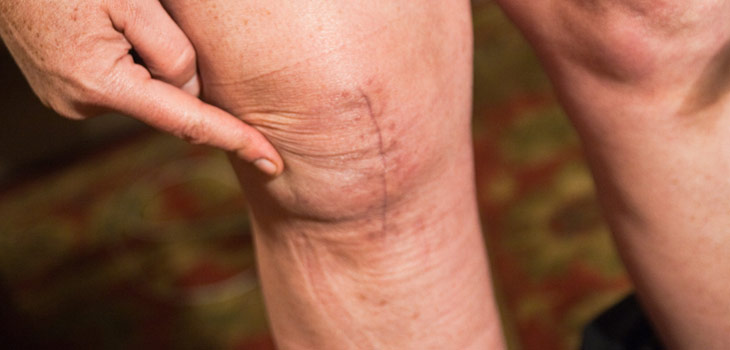Arthritis, a common yet complex condition, often disrupts daily routines and impacts quality of life. At its core, it is characterized by joint inflammation, but it encompasses a range of conditions, each with distinctive features and contributing factors. While the exact causes of arthritis are not fully understood, several factors are known to play a significant role in its development. Below focuses on the three key contributors: genetics, joint injuries, and age.
Genetics
Family history can influence the development of joint conditions. Genetic variations passed down through generations may increase the likelihood of specific types, such as rheumatoid arthritis, osteoarthritis, or psoriatic arthritis. These genetic factors can impact immune system function, cartilage maintenance, or the body’s response to inflammation.
Having a genetic predisposition doesn’t mean someone will develop. It simply raises the chances. Lifestyle choices, like diet and exercise, or environmental factors such as repetitive joint strain or exposure to toxins, also shape this risk. For those with a family history, focusing on joint health, maintaining a healthy weight, and staying active can help. Addressing early symptoms with a healthcare professional may also help reduce the risk of developing arthritis later in life.
Joint Injuries
Past joint injuries are a major factor in the development of arthritis. Here’s how injuries contribute to arthritis and what you can do to reduce your future risks:
- Injuries: Accidents, sports injuries, or physical trauma, such as fractures, dislocations, or ligament tears, can damage cartilage, bones, or other joint structures.
- Long-term effects: These injuries may cause joint instability, uneven stress, and chronic inflammation, increasing the likelihood of arthritis later in life.
- Prevention tips: Practicing proper sports techniques, wearing safety gear, and avoiding injuries can help reduce risks.
- Rehabilitation matters: Seeking professional guidance for rehabilitation and joint health can help mitigate the long-term effects of past injuries.
Age
Age is among the most common factors associated with arthritis, particularly osteoarthritis. Over the years, the natural wear and tear on joints steadily increases. Cartilage, the smooth and rubbery tissue cushions joints, gradually becomes thinner and less effective at absorbing shocks from daily movements.
This decreased cushioning can result in bones grinding against one another, leading to pain, stiffness, and reduced mobility. While aging is inevitable, its effects on joints vary significantly between individuals. Those with particularly active lifestyles, or those whose occupations involve repetitive joint motions, may experience earlier or more pronounced symptoms. Staying physically active, maintaining a healthy weight, and following a balanced diet rich in joint-supporting nutrients are common ways to help support joint health throughout the aging process.
Take Control of Your Arthritis Today!
While genetics, joint injuries, and age significantly contribute to arthritis, they represent only a portion of the factors involved in its development. Lifestyle, environment, and individual health choices may also play a role. These factors often intersect to form each person’s unique experience with arthritis. By understanding these key contributors, individuals can make informed decisions to support their joint health. This may involve preventative measures, injury care, or monitoring health as they age. If concerns arise, consulting healthcare professionals and exploring options for joint care can provide valuable guidance.

Leave a Reply